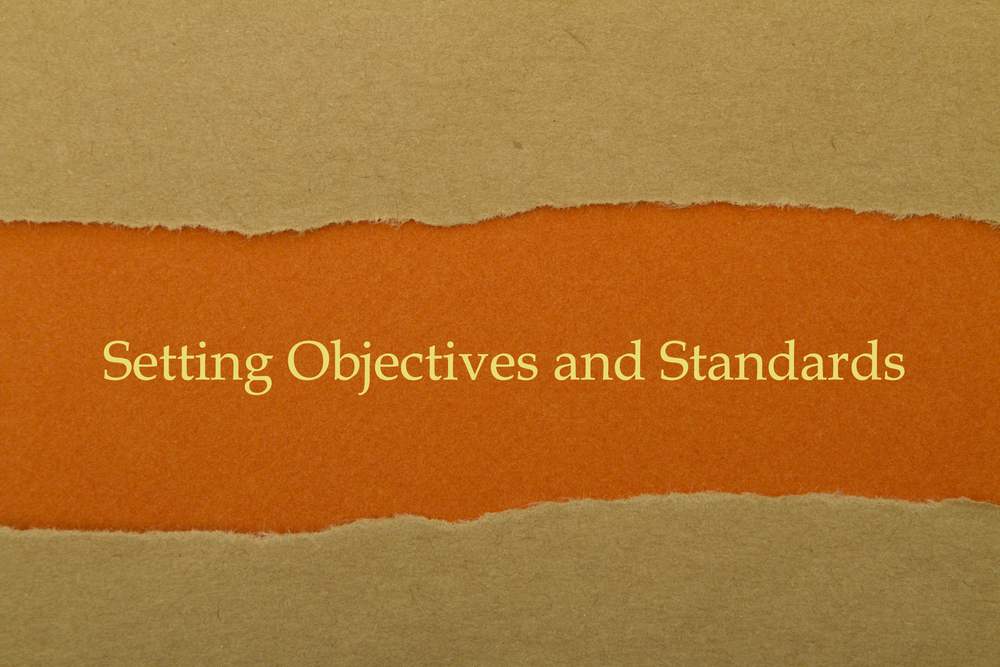How can you judge whether your attendance at an exhibition or conference has been a success or not? If you leave this assessment to gut feeling (and plenty of people do) you could be wasting a lot of time and money. It’s all about setting objectives.
So it’s always worthwhile deciding on one or two (and no more than three) measurable objectives for your attendance.
Many people are familiar with the idea of SMART objectives: i.e. that objectives should be Specific, Measurable, Achievable, Realistic (and Resourced) and Time-bound.
Measurability is particularly important. Ideally each objective needs a monetary value so you can measure the return on investment for the event. So your objectives might include something like:
- To get 100 leads with an average order value of £2,500.
- To sell 500 subscriptions to Quilter’s Realm magazine at discounted rate of £35 p.a.
- To get 50 orders for our new colour multifunctional printer at £70,000 per unit.
In establishing these objectives it’s worthwhile asking yourself the following questions
What’s realistic?
If 2,500 professional printing firms attend the Annual Print Exhibition what percentage can you reasonably expect to have the money, authority and need to buy your new printer on the spot? Thirty percent? Ten percent? Two percent?
Don’t overinflate your objective to justify going to an event. Be realistic and make a balanced decision.
What’s a qualified lead?
It’s easy to collect names at an event: put out a large goldfish bowl and invite people to drop their business cards in for a prize draw that could win them a bottle of champagne.
But of course these are not real leads. What you end up with is a bunch of contact details for people who like champagne. Or people who know someone who likes champagne and has a birthday coming up.
So it’s important you think about qualified leads; that is people with a real interest in your product or service and who have the money, authority and need to buy.
What’s the likely conversion rate?
Not everyone who visits your exhibition space will take the action you want. It’s worth estimating how many people will need to visit your stand for you to hit your objectives.
If you need ten people to visit to get one printer order then you’ll need 500 people to come to your stand. For a three-day event that’s roughly 20 an hour.
This simple calculation can also help you decide how many people you need to have staffing your stand at any one point and how you will capture their contact details or orders. It’s also another good way of checking how realistic your objectives are.
If you are capturing leads, you’ll want to think about how many leads you need in order to get the sales to ensure a positive return on your investment.
And that usually means thinking beyond the one-off sale.
What’s the lifetime value?
In setting your objectives and measuring return on investment, it’s worth remembering that you will often be looking at more than just a one-off purchase.
Assume the average subscriber to Quilters’ Realm renews their subscription four times. That means each subscription at an event is worth, on average, around £175 rather than just the initial one year £35 subscription.
In the same way, someone who buys a multifunctional printer is also likely to buy toners, cleaners and even maintenance contracts. Build this into your calculations.
Can I deliver if I hit my objectives?
I know of one firm that accumulated more than 300 good leads at an exhibition. The MD was delighted until he realised he didn’t have the resources to follow them up. Two months later he still had his secretary working through the list often contacting people who had long forgotten about the event.
Similarly, if you want to get orders for 50 pieces of equipment but at current capacity you can only produce 30 each year you need to think again. There’s nothing wrong with being ambitious if you can quickly scale up to deliver. But failing to fulfil demand can damage your brand.
Other forms of objectives
Of course your objectives might not always be monetary ones but it’s worth putting a measurable value next to each. So if you want to get media coverage for your new product launch you might set an objective of getting articles in three out of five of your top tier sector journals.
Or perhaps you’re looking for distributors, in which case you might decide that identifying six potential partners would be a good return.
The importance of measuring and monitoring
By establishing these measures you can easily monitor your success on a day-by-day basis. If you are appearing at a three-day event in the hope of securing 50 orders, and by the end of day one you only have ten, it’s clear you need to do something to improve your strategy.
Attaching a monetary value to the objective makes the decision about whether to attend the same event next year much easier. If you make ten pounds back for every pound you invested in an event, it would be odd not to go again the following year – unless of course you can get a better return elsewhere.
Of course you won’t be in a position to achieve any of your objectives unless you get your stand, equipment and materials to the venue safely and on time. So make sure you entrust your delivery to a firm that takes your objectives as seriously as you do.
Get in touch to find out how we can help you achieve your objectives.
Image (c) Shutterstock | bfk



